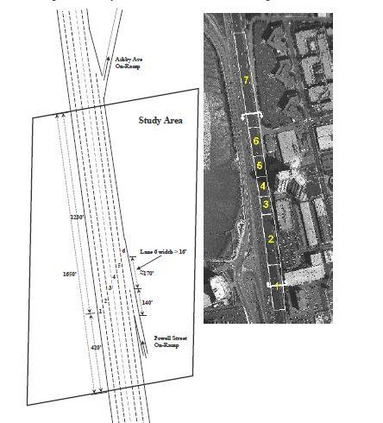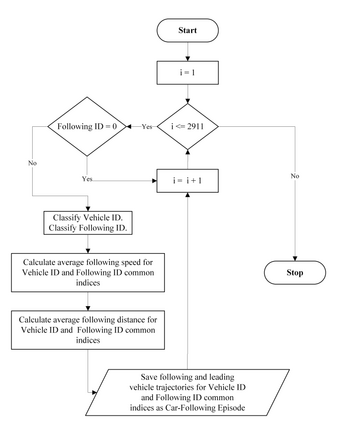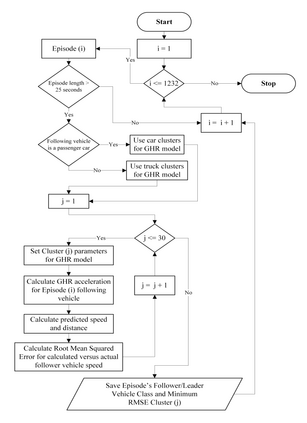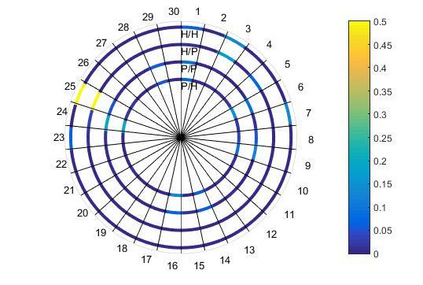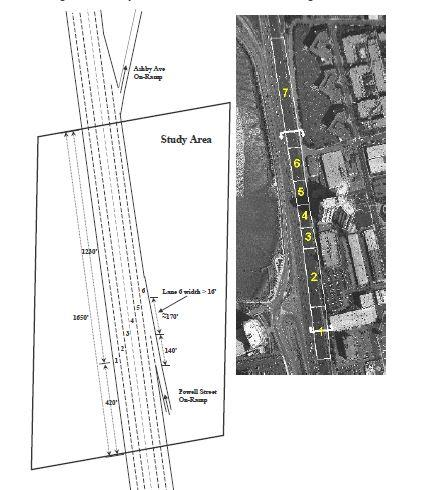This paper focuses on the study of the impact that the class of the vehicle, leading heavy vehicles in particular, causes on the following vehicle's behavior, specifically in terms of the bumper-to-bumper distance (gap) between the following and leading vehicles. This was done by extracting and analyzing different car-following episodes from the Next Generation Simulation (NGSIM) dataset for Interstate 80 (I 80) in Emeryville, California, USA. The results of the statistical analysis are compared to that of the synthesized literature of research efforts that have been conducted on the topic, then are further assessed utilizing different behavioral clusters for the Gazis-Herman-Rothery (GHR) car-following model calibrated from naturalistic driving data. We assess the similarities and differences in car-following behavior between drivers of the same vehicle class, validating the results of the statistical analysis and highlighting possible future implementations for improved modeling in microscopic simulation.
翻译:本文件着重研究车辆类别,特别是重型车辆,对下列车辆行为的影响,特别是下列车辆与主要车辆之间的起重到起重距离(差距)的影响,这是通过提取和分析美国加利福尼亚州埃默里维尔州80(I80)州间80(NGSIM)下一代模拟数据集中不同的汽车跟踪事件来完成的,统计分析的结果与已就此专题开展的研究工作的综合文献进行比较,然后利用根据自然驾驶数据校准的Gazis-Herman-Rothery(GHR)汽车跟踪模型的不同行为组进行进一步评估。我们评估了同一车辆类别驾驶员在汽车跟踪行为方面的相似性和差异,确认了统计分析的结果,并强调了今后在改进微镜模拟模型方面可能执行的情况。

